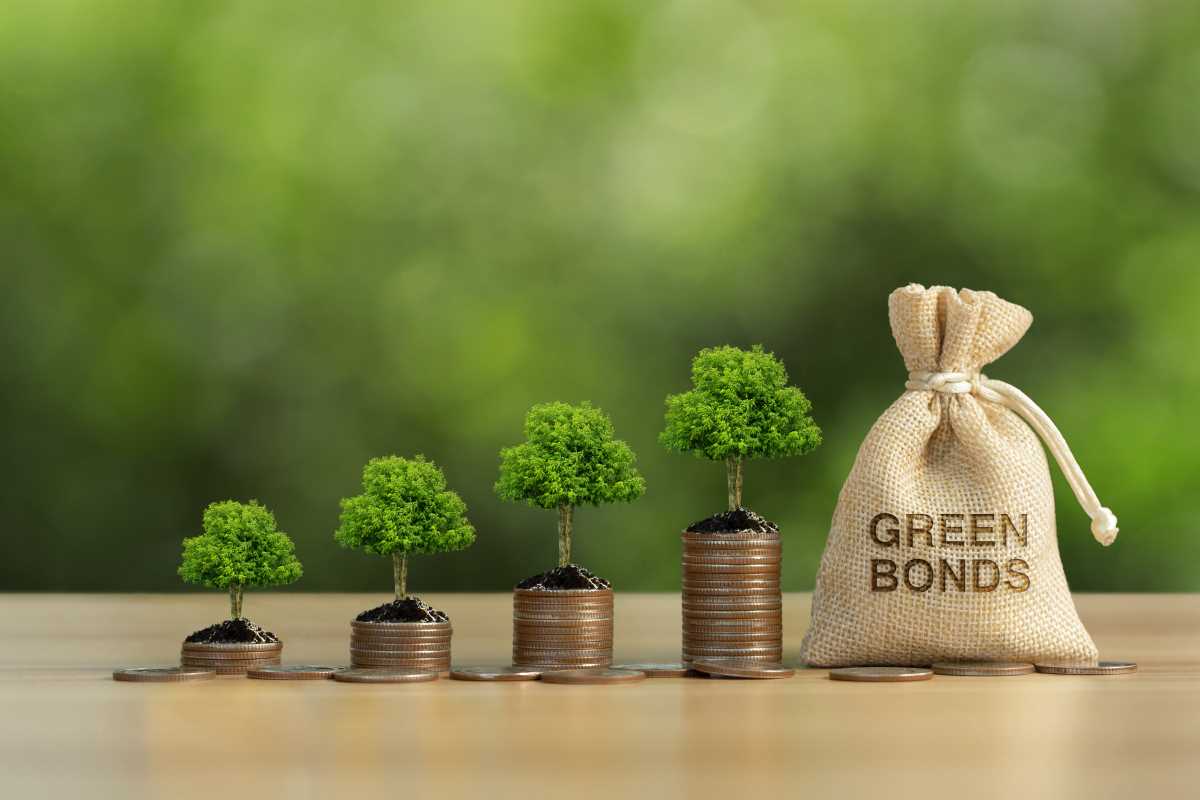The choices we make with our money can have a lasting impact, not just on our financial future but also on the health of the planet. Many people want to grow their wealth while staying true to their environmental values. You can balance personal profit with global progress by aligning financial strategies with long-term sustainability goals. This approach benefits the Earth and opens opportunities to support innovative industries and secure a stable financial future. If you're wondering how to make your money work for both your wallet and the world, this guide will help you explore key concepts, practical strategies, and actionable tips to live greener without sacrificing your financial goals.
Understanding the Connection Between Finance and Sustainability
At first glance, personal finance and environmental sustainability may not seem related. But every dollar you spend, save, or invest affects industries, policies, and practices that influence the planet. For example, buying energy-efficient appliances supports companies that prioritize sustainability. Similarly, investing in renewable energy stocks backs industries working toward cleaner solutions.
One key concept here is the "carbon footprint". This refers to the amount of greenhouse gases (like carbon dioxide) released into the atmosphere due to human activities. Everything we consume, from food to electricity, contributes to carbon emissions. Aligning your financial strategies with environmental goals often involves reducing your carbon footprint by choosing products, services, and investments that minimize harm to the planet.
Practical Tips for Green Spending and Saving
Being environmentally conscious starts with your everyday decisions. You can adjust your spending and saving habits to make an eco-friendly impact without drastically changing your lifestyle. Here’s how:
Adopt Eco-Friendly Spending Habits
Every purchasing decision carries weight. Start by choosing sustainable products with longer life spans, like reusable water bottles or energy-saving light bulbs. Support businesses with ethical practices, such as companies that use renewable energy or are committed to reducing waste.
For example, shopping local reduces transportation-based emissions and often means you're getting fresh, high-quality goods. Consider meal planning to minimize food waste, as spoiled food that ends up in landfills contributes to methane emissions.
Cut Energy Costs at Home
Lowering your energy usage not only saves money but also reduces your carbon footprint. Switch to LED light bulbs, unplug devices that are not in use, and invest in smart thermostats to optimize energy use. For an upfront expense with long-term savings, think about adding solar panels to your home.
Start a Green Emergency Fund
Save for unexpected situations while keeping sustainability in mind. For instance, you can deposit funds with banks or credit unions that prioritize low-carbon investments. By doing so, your money helps fund environmentally responsible businesses.
Investing with Environmental Goals in Mind
Investing is a powerful way to grow personal wealth, and it can also help you support industries that contribute to a sustainable future. One popular approach is sustainable investing, which prioritizes investments in companies with positive environmental, social, and governance (ESG) practices. These companies might focus on reducing emissions, promoting clean energy, or adopting ethical labor practices.
Here’s how you can start sustainable investing:
- Look into ESG Funds: ESG funds are collections of stocks or bonds that meet specific environmental, social, and governance standards. They’re a great option for beginners because financial experts manage the investments for you. For instance, some funds might focus on clean energy companies, while others avoid businesses in industries like fossil fuels.
- Research Green Bonds: Green bonds are a type of loan that companies or governments use to fund environmentally friendly projects. When you purchase these bonds, you’re directly supporting initiatives like renewable energy developments or pollution reduction efforts.
- Assess Impact Investing: Unlike traditional investing, where the main goal is financial return, impact investing also strives to achieve positive social or environmental outcomes. For example, you could invest in companies researching alternatives to single-use plastics or renewable energy startups.
Before jumping in, do your research. Look for companies or funds that fully disclose their environmental goals and performance. You can also work with a financial advisor familiar with green investing to ensure you’re making informed decisions.
Reducing Your Carbon Footprint with Financial Decisions
While changing spending and investing habits is essential, thinking about your carbon footprint more broadly can lead to additional savings and greener outcomes. Here are a few more ways your financial choices can help shrink your impact on the environment:
Rethink Transportation
Transportation often represents a significant share of an individual’s carbon footprint. Consider ways to save on commuting costs while reducing emissions. This might include carpooling, using public transit, switching to a fuel-efficient vehicle, or even biking where possible.
Repair Instead of Replace
Instead of splurging on new gadgets or furniture, see if repairing items is an option. This reduces waste and keeps more resources from being unnecessarily extracted.
Shop Smarter
Buying secondhand items, borrowing, or renting when possible helps extend the lifespan of goods. For example, purchasing a used bicycle instead of a brand-new one not only saves money but also supports recycling efforts.
Offset Carbon
If reducing your emissions isn’t always feasible, consider carbon offsets. These allow you to contribute financially to projects like forest restoration or renewable energy efforts to balance out your footprint. Services like these are often available through eco-conscious travel companies or nonprofits.
Tracking Your Progress
Building sustainable financial habits is a long-term commitment, so tracking your progress ensures you stay on track. Review your spending periodically to identify opportunities for improvement. Use apps or budgeting tools to monitor your commitments to eco-friendly practices. Celebrate small wins, like cutting energy bills or seeing growth in your green investments.
Aligning financial strategies with long-term environmental goals is not just about ethical choices but smarter ones. Adopting these habits leads to financial success while creating a healthier, more sustainable world for future generations. Remember that every decision counts, whether you’re just starting out or are already a savvy investor. By making thoughtful choices in spending, saving, and investing, you can align your financial future with the planet’s needs. Together, we can create a balance that benefits personal wealth and environmental well-being alike.
 (Image via
(Image via





